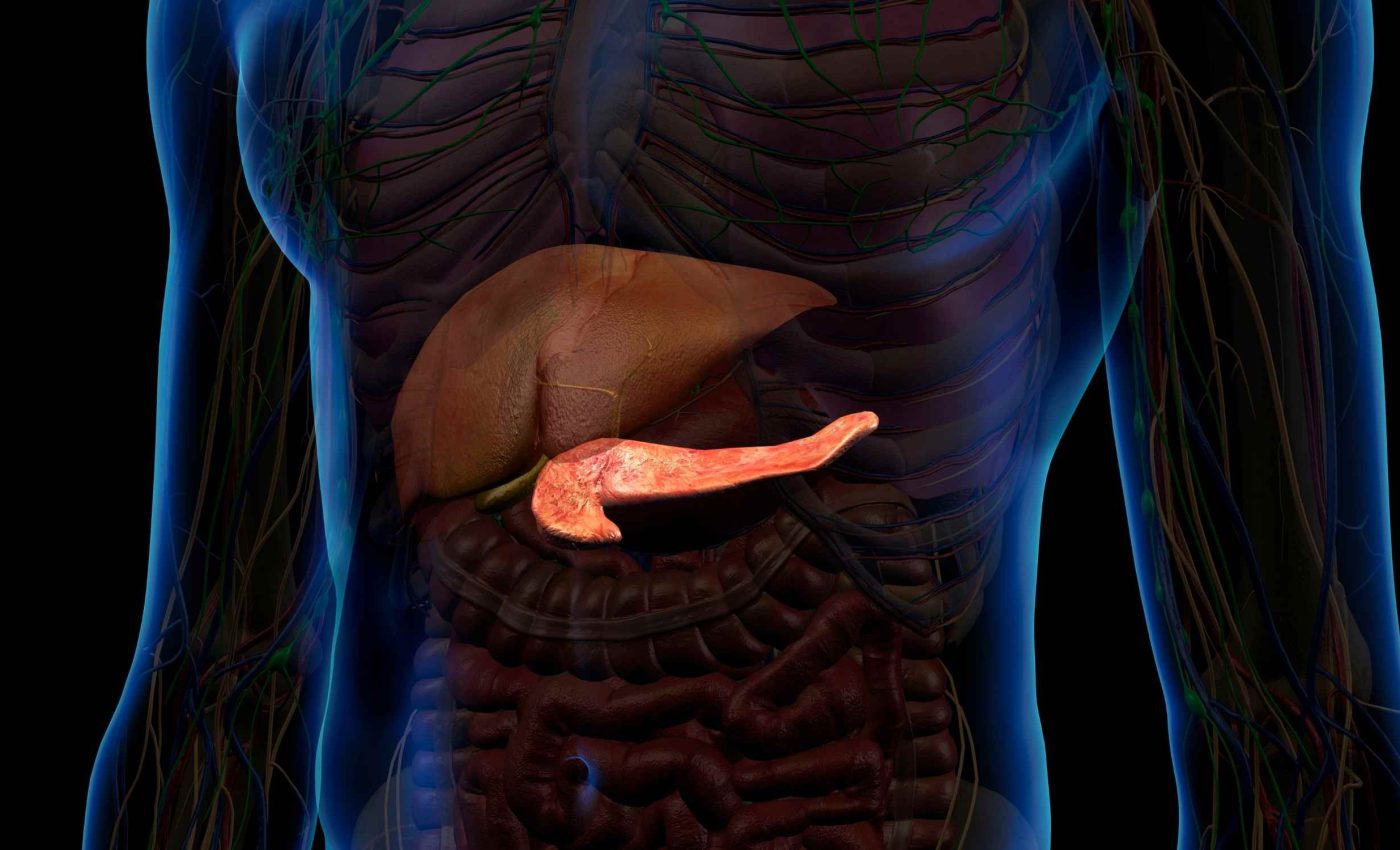
Historic breakthrough in treatment for diabetes and pancreatic cancer
A new study reports nanoparticles that send messenger RNA, genetic instructions that tell cells to make proteins, directly to the pancreas with 99 percent selectivity. The tests used an intravenous shot in mice.
The work was led by Chandrabali Bhattacharya at the University of Nevada, Las Vegas (UNLV). It points to a way to treat diabetes and pancreatic cancer with fewer off target hits.
Nanoparticles and the pancreas
The team built lipid nanoparticles, tiny fat based carriers for genetic cargo, and revised their recipe to steer them.
“Until today, there has been no material that can be injected intravenously that automatically goes to the pancreas with 99% selectivity, an organ previously inaccessible to intravenous treatment. This discovery is a first,” said Bhattacharya.
They added vitamin D3 as a fifth component to the usual four lipids. The test formulation pushed most expression to the pancreas, while sparing other organs.
Early tests showed robust protein production in the pancreas. The particle size and makeup stayed within ranges used in other mRNA platforms.
Pancreas is hard to reach
Most lipid nanoparticles wind up in the liver through a familiar process. Apolipoprotein E, a blood protein that transports fats, latches onto these particles and guides them straight to liver cells for uptake.
Researchers responded with selective organ targeting , a design strategy that steers particles to specific tissues. That method showed that adding a fifth component can flip which organs receive the message.
A complementary view focuses on the protein corona, the layer of proteins that forms on nanoparticles and guides where they go. ApoE rich coronas bias delivery to the liver.
The pancreas remains a special case because its vasculature and tissue microenvironment present narrow gates. A particle must use a receptor based pass to get in.
Pancreas, vitamin D, and nanoparticles
UNLV’s nanoparticles are built with cholecalciferol, the main form of vitamin D. Research shows that the vitamin D receptor, a protein that binds this vitamin, plays a key role in keeping pancreatic cells healthy and active, especially the ones that produce insulin.
To confirm the delivery route, the researchers temporarily blocked the vitamin D receptor, the protein thought to guide the particles.
When the receptor was inhibited, the nanoparticles no longer targeted the pancreas, confirming its crucial role in directing the therapy.
The top formulation delivered strong protein expression for several days. It also held selectivity as doses increased in stepwise tests.
Importantly, the system worked for more than just mRNA. It could also deliver plasmid DNA and circular mRNA, a sturdier form of RNA that lasts longer inside cells, to the same organ.
Treating diabetes and cancer
Reaching the pancreas opens options for protein replacement and precise edits in diseased tissue. For diabetes, local delivery could support cells rather than just replace hormones.
The team noted that traditional insulin therapy demands lifelong management and ongoing costs, whereas a treatment that strengthens the pancreas itself could help reduce that burden.
MRNA therapies may help slow the loss of insulin, potentially reducing or even reversing the disease with fewer injections, though that outcome will depend on proven safety and lasting results in humans.
For pancreatic cancer, targeted delivery could support immune therapies or sensitize tumors to existing drugs. The same logic applies to rare genetic conditions that harm the exocrine pancreas.
Targeted gene delivery
The success of pancreas targeting opens the door to similar strategies for other organs that have long resisted intravenous therapies.
The same vitamin-based design could, in theory, guide lipid nanoparticles to the heart, brain, or kidneys, depending on which receptor, a cell surface protein that recognizes specific molecules, is used as the “address label.”
UNLV’s team has already begun exploring these routes, aiming to match natural compounds with receptors unique to each tissue.
This approach could allow personalized treatments that deliver genetic instructions exactly where they are needed, reducing side effects while improving efficiency.
Nanoparticles, pancreas, and the future
Early checks in mice did not flag organ damage or sharp inflammation. Signals in the pancreas stayed strong for up to three days after a single dose.
Measurements of liver enzymes and kidney markers stayed within normal ranges after treatment. Cytokines linked to systemic reactions did not spike compared with controls.
The team reports that the particles remained stable during storage and repeated handling. That stability makes scaling and shipping more practical.
Work is already exploring other destinations such as the brain and heart using similar logic. UNLV is also pursuing commercialization with its economic development office.
The study is published in Advanced Materials.
—–
Like what you read? Subscribe to our newsletter for engaging articles, exclusive content, and the latest updates.
Check us out on EarthSnap, a free app brought to you by Eric Ralls and Earth.com.
—–













